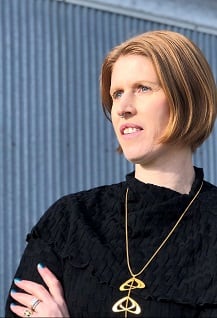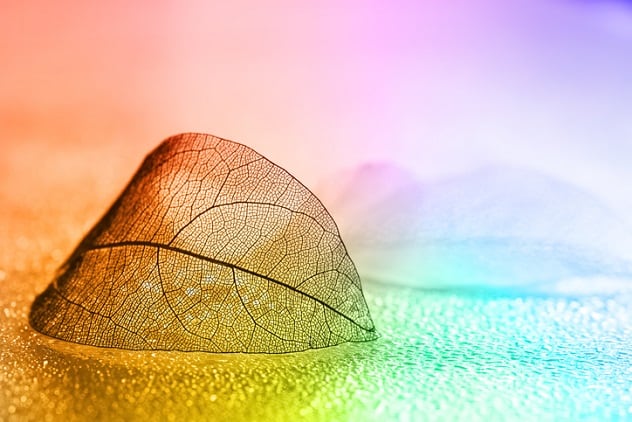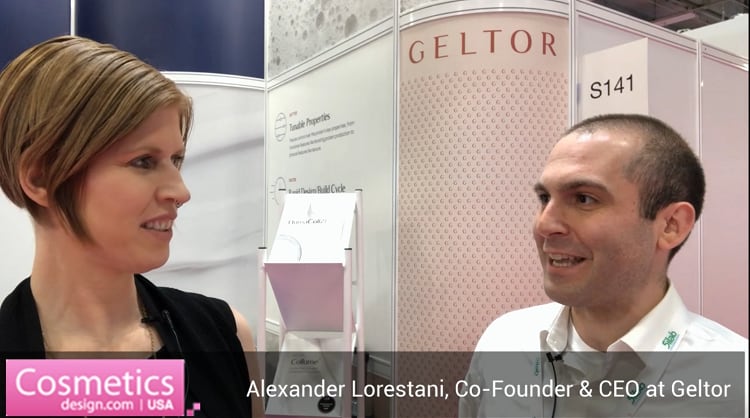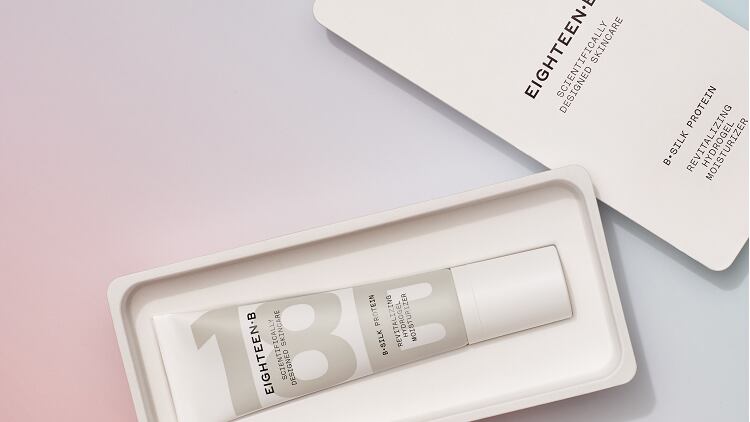The finished exhibition is a collaboration among Ginkgo Bioworks, the artist Dr. Alexandra Daisy Ginsberg, and scent artist and researcher Sissel Tolaas; and it benefited from the support of IFF.
Resurrecting the Sublime is part of Nature—Cooper Hewitt Design Triennial happening at both the Cooper Hewitt and the Cube design museum in Kerkrade, Netherlands, and comprises a number of projects and installations “that highlight the ways designers are collaborating with scientists, engineers, farmers, environmentalists and nature itself to design a more harmonious and regenerative future,” according to the museum website.
Making scents
Ginko Bioworks uses biotech to develop molecules for industrial scale production. And the company has a history of collaborating with fragrance makers but is, on the whole, industry agnostic.
The Harvard Herbarium provided samples of the 3 flowers used in the project: Maui hau kuahiwi (pushed into extinction around 1912 by colonial cattle ranching); Falls-of-the-Ohio Scurfpea (which went extinct in 1881 when a man-made river damn flooded the plant’s native habitat); and Wynberg Conebush (which lived in a cultivated garden until 1806, while colonial vineyards had already overtaken its native environment).
With plant samples in hand, the Gingko team set to work: “Using its foundry for organism design, a multidisciplinary team at Ginkgo led by creative director Christina Agapakis, business leader Jason Kakoyiannis, and technical program lead Christian Ridley used synthetic biology to revive the smell of the extinct plant by sequencing DNA from preserved specimens,” explains a media release about the project. “They then resynthesized and injected that DNA into yeast to reproduce the flowers' scents.”
Experiential art
Fragrance is closely linked to memory. But the very point of this exhibition is that no visitor could possibly have a memory of the scents they will encounter; they will however, likely have a memory of committing or benefiting from the sort cultural or social endeavors that lead to the extinction of these flowers and/or the diminishment of biodiversity more broadly. According to the Ginkgo Bioworks media release about the newly opened exhibition, “one of the main messages of the exhibit [is that] we can look to the past, but we cannot bring it back. Resurrecting the Sublime asks us to contemplate our actions, and potentially change them for the future.”
More info and images of the installation can be found here, on Ginsberg’s site.
---

Deanna Utroske, CosmeticsDesign.com Editor, covers beauty business news in the Americas region and publishes the weekly Indie Beauty Profile column, showcasing the inspiring work of entrepreneurs and innovative brands.




